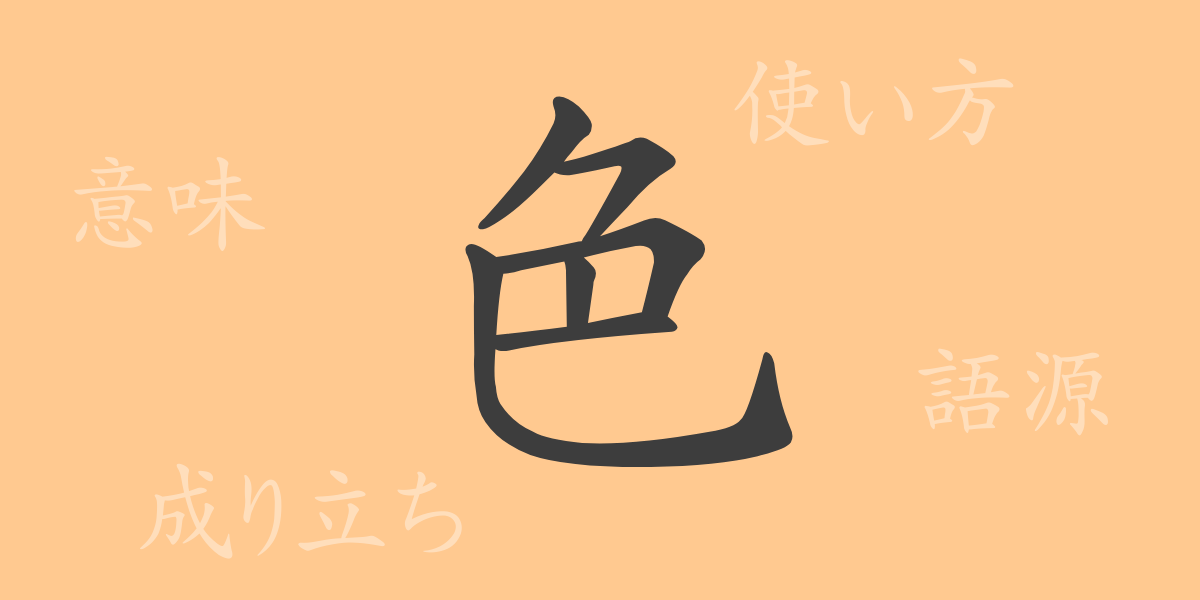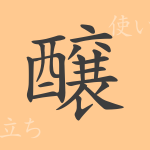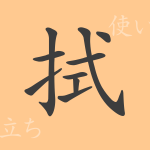Color deeply permeates our lives, intertwined with emotions, culture, and the natural world, manifesting in everything from everyday conversations to art and design. This article focuses on the Japanese kanji ‘色’ (いろ), exploring its origins, meanings, usage, and readings, as well as idioms, deepening our understanding of the world of color.
Origins of 色 (いろ)
The kanji ‘色’ originally denoted the color of a person’s face, traceable back to ancient Chinese oracle bone scripts. It evolved from a pictograph representing parts of the face or body, later encompassing emotional expressions and physical appearances, and eventually referring to the general appearance or characteristics of things.
Meaning and Usage of 色
In modern Japanese, ‘色’ primarily denotes the color of an object as perceived visually, along with the quality of light. It is also used metaphorically to describe certain characteristics or nuances, such as ‘色気’ (いろけ) for sexual allure, or ‘色褪せる’ (いろあせる) for losing vividness.
Readings, Stroke Count, and Radical of 色
The kanji ‘色’ plays a crucial role in Japanese language both in form and meaning:
- Readings: On’yomi (おんよみ) ‘ショク’, ‘シキ’; Kun’yomi (くんよみ) ‘いろ’
- Stroke Count: Six strokes
- Radical: 色 (しきへん)
Idioms, Phrases, and Proverbs Using 色 and Their Meanings
There are numerous idioms and phrases involving ‘色’ in Japanese. For example, ‘色即是空’ (しきそくぜくう) is a Buddhist teaching implying that all phenomena are devoid of inherent nature. ‘色恋沙汰’ (いろこいざた) refers to complications in romantic relationships, and ‘顔に色がない’ (かおにいろがない) describes having a pale face due to illness or shock.
Conclusion on 色
The world encapsulated within the single kanji ‘色’ extends beyond mere words, offering a rich expressiveness that influences all aspects of our lives, from culture and emotions to natural phenomena. Color stimulates our senses and enriches our communication, proving itself to be an essential element in our interactions.

























